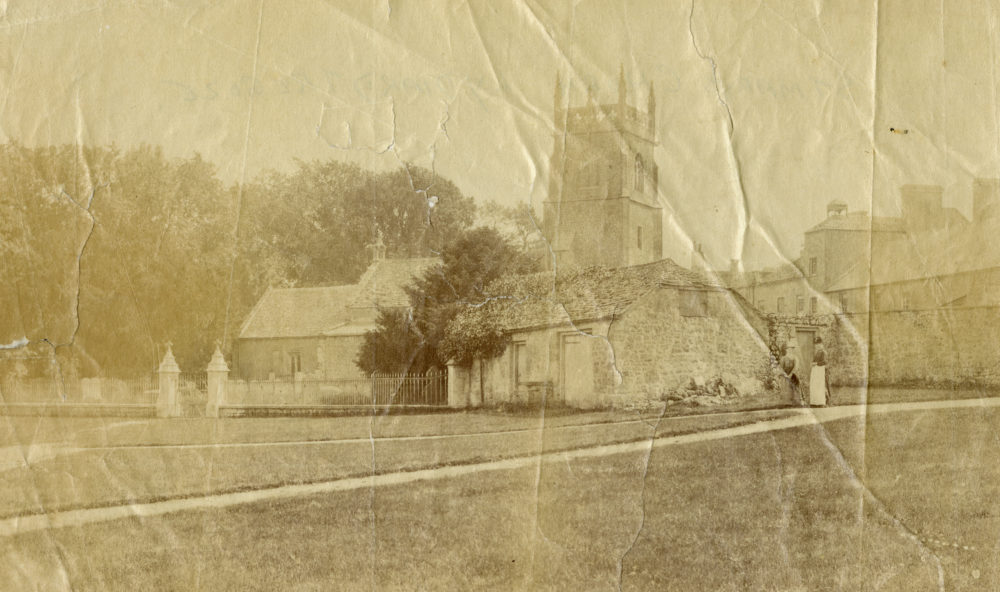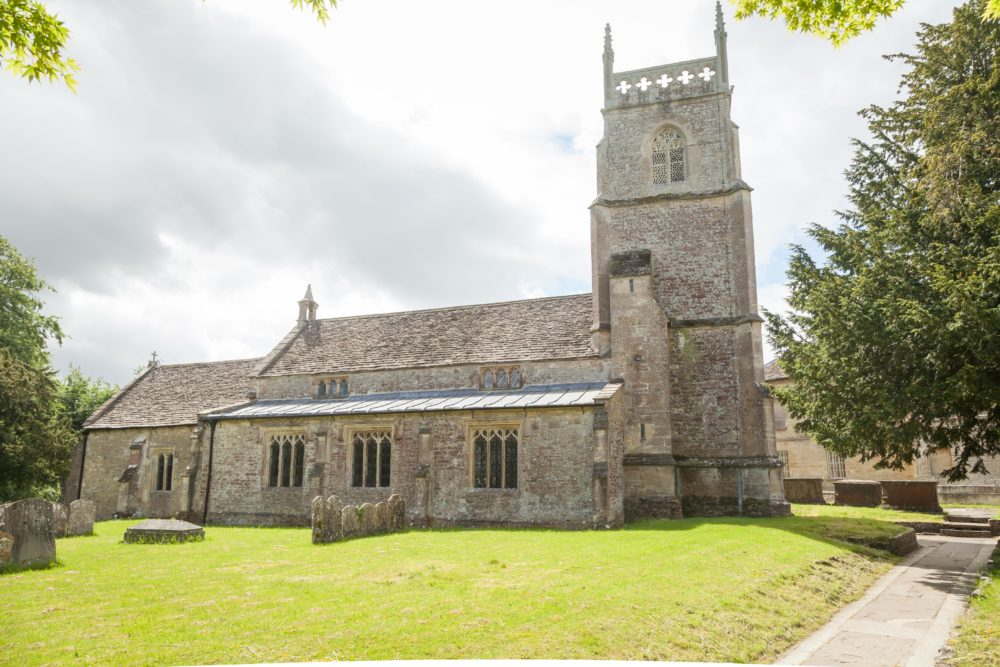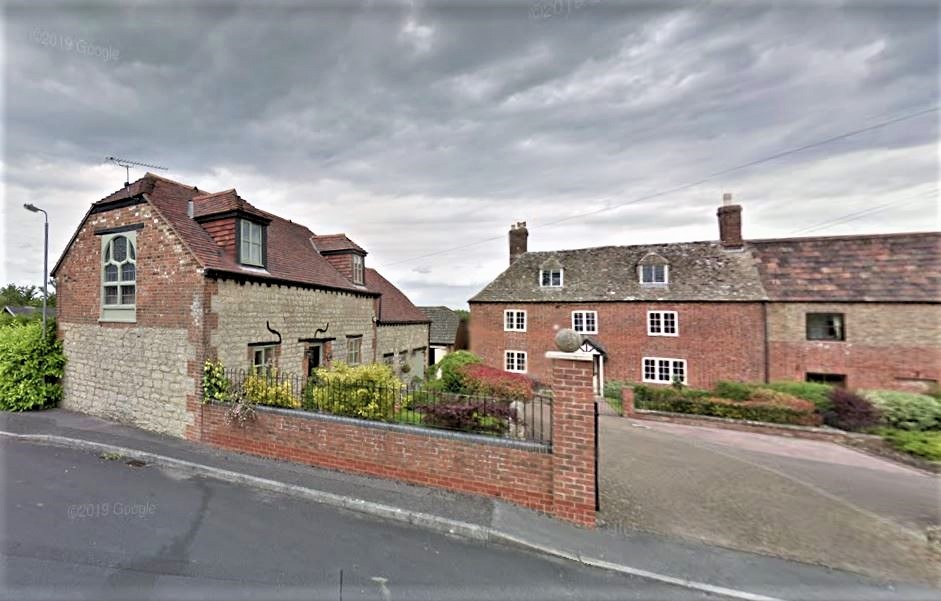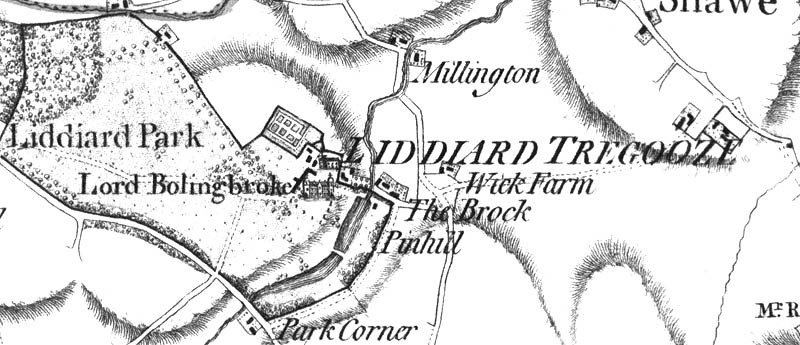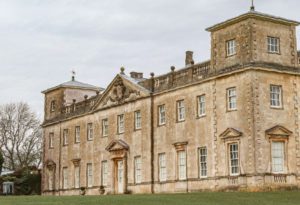A Victorian Country Wedding
Wedding arrangements in the Victorian parish of Lydiard Tregoze were dictated by the busy agricultural calendar. At Wick Farm 1841 Jane and Sarah Pinell prepared for their double wedding on at St. Mary’s Church on May 4th.
The Clark family fared poorly in the matrimonial stakes. The girls’ father Jonas married first in 1816 to a widow by the name of Elizabeth Fitchew but by 1820 they had parted and he had entered into a relationship with Alice Pinnell. Unable to divorce, the couple lived together in Oaksey before moving to Lydiard Tregoze where Jonas took the tenancy at Lord Bolingbroke’s Wick Farm property. Thirty years and seven children later they eventually married at St. Mary’s Church, Lydiard Tregoze in 1853, after the death of Jonas’ first wife. But these facts could hardly have been uppermost in the minds of the two sisters excitedly getting ready to wed that day in May.
The parish register records both young women as being ‘above age,’ that is more than 21 years of age, but in fact Jane was 19 and Sarah just 17 years old when they married. The two grooms came from the village of Broad Blunsdon. Sarah married yeoman farmer Thomas Hall and Jane married Francis Carey, also a yeoman farmer. Both couples were married by licence and acted as witnesses for each other.

Extract from Wedding Register – Jane Clerke and Francis Carey
When the census was taken on June 6 of that year, Francis and Jane were living at Wick Farm with Jane’s parents and younger siblings. By the time of the 1851 census ten years later Jane is living in Coleshill with her five children where she describes herself as a miller and married, but her husband was not living with the family. What had happened to Francis?
On September 28, 1850 Francis was admitted to an establishment called The Retreat, a private asylum founded by Alexander Iles in Fairford, Gloucestershire. Unfortunately, the reason for his admission is not noted. He remained there until April 9, 1853 when he was admitted to the Oxford County Pauper Lunatic Asylum in Littlemore, Oxfordshire where he died three years later. He was buried in the churchyard at St Mary & St Nicholas Church, Littlemore.
Jane and her children returned to Wick Farm where they were living at the time of the 1861 census. We can only imagine what kind of desperate situation Jane and her young family found themselves in. But if the 1850s had been difficult for Jane, further heartbreak followed in the 1860s. In 1861 Jane’s daughter Cordelia died aged 16, followed in 1863 by her son Jonas aged 14 and in 1864 her daughter Mary died aged 17. All three young people are buried with their grandfather in the churchyard at St Mary’s.
But Jane was a resilient woman, she had to be. In 1871 she is recorded as living in Aldershot with her younger sister Annie and her brother-in-law Walter Lowden, who ran a draper’s store in the town. Jane, then aged 49, worked as a housekeeper in their large establishment where twelve members of staff lived over the store.
By 1881 Jane was living independently, running the Horse and Jockey Inn in Castle Street, Reading. Visiting her on census night was her recently divorced daughter Alice Hatcher and her three young granddaughter’s, Florence, Mabel and Myra.
Jane remained as landlady at The Castle until at least 1891. She died in 1895 aged 73, having outlived four of her five children.
But on a beautiful summer’s day it is still easy to imagine the two excited sisters, crossing the fields from their home at Wick Farm to the ancient parish church of St Mary’s for their spring time wedding.
